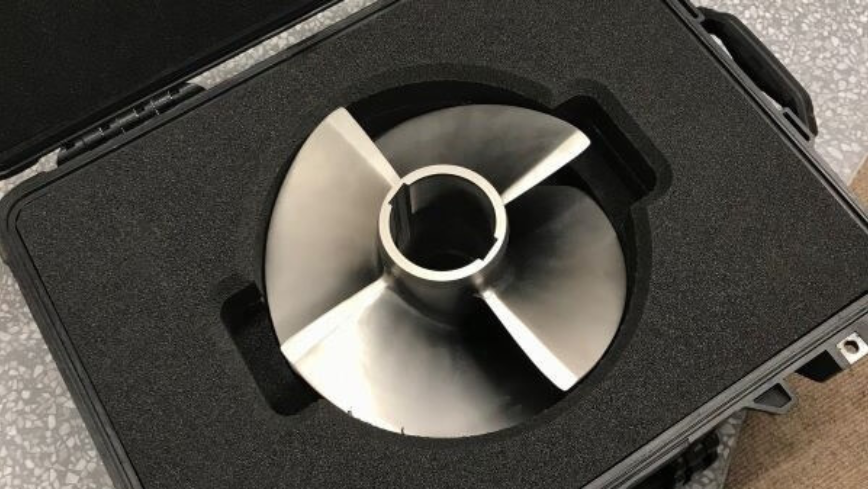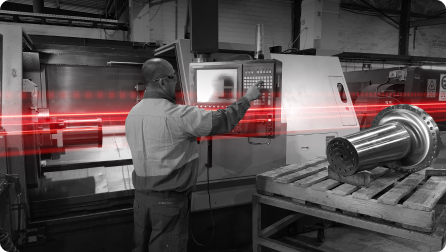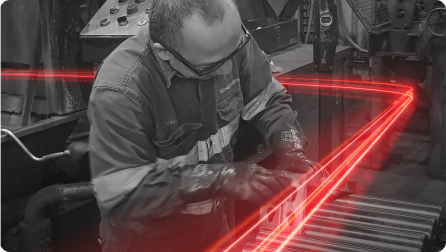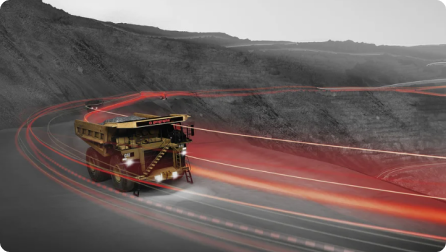
Geographe & voestalpine have undertaken work for Woodside Energy to find an innovative 3D printing solution for the replacement of stainless steel inducers on Woodside’s floating production storage and offloading (FPSO) facilities.
"Combining Geographe’s engineering expertise with voestalpine's additive manufacturing experience has shown additive manufacturing can be successfully deployed in the most demanding of industry applications."
Stainless steel inducers are used in sea water lift pumps. In a fabricated inducer, the weld line between the vanes and the central hub can become vulnerable to fatigue cracking.
An alternative method of using 5-axis CNC machining to “sculpt” an inducer from a solid block of stainless steel is inefficient as it results in wasted material and energy.
When seeking recently to replace an inducer on the Okha FPSO, Woodside’s innovation team wondered if additive manufacturing, could provide an effective solution.
Additive Manufacturing, also known as 3D printing, is one of the most exciting manufacturing technologies to emerge in recent decades. However, despite the excitement surrounding additive manufacturing, adoption in industries such as Oil & Gas has been limited. Woodside Energy, have been researching additive manufacturing technologies and have recently identified a key project that had the potential to deliver business value through the adoption of additive manufacturing.
Woodside engaged Geographe to reverse engineer the inducer and determine whether additive manufacturing could provide a solution.
Geographe partnered with voestalpine, a global leader in the production of high-performance steels and additive manufacturing – to print and qualify the inducer.
Due to the inducer size and required material (super duplex 2507), Geographe and voestalpine opted for a hybrid 3D printing solution using laser powder deposition (DMD). The inducer vanes are printed directly onto a central hub of the same material using a DMG Lasertec 65 system. Once heat-treated, the mechanical and performance properties of the 3D printed material are identical to that of bulk super duplex 2507. The inducer was then machined, balanced and subjected to non-destructive testing to meet Woodside’s quality and performance requirements.
"Because the laser is small and concentrated, you don’t get the heat-affected issues you can have with traditional welding methods. Lower heat input results in elimination of the heat-affected zone common with traditional welding methods,”
Michael Brameld , Woodside Energy Chief Technology Materials Engineer.
The finished inducer was delivered to Woodside after completion of a rigorous testing regime, and in a first for the company the 3D printed rotating component was installed into service on the Okha FPSO in May 2022.
"This project has been a fantastic opportunity to show the potential of additive manufacturing in oil and gas applications with our partners at Geographe. The ability to print parts on demand, reducing both inventory levels and lead time, is a game changer for the industry."

The “as-printed” Super Duplex 2507 inducer during the build process on the laser metal deposition system
Be abreast of Enhanced Performance Solutions for Mining Parts
How can we help?
Submit your details below and our team will contact you.







